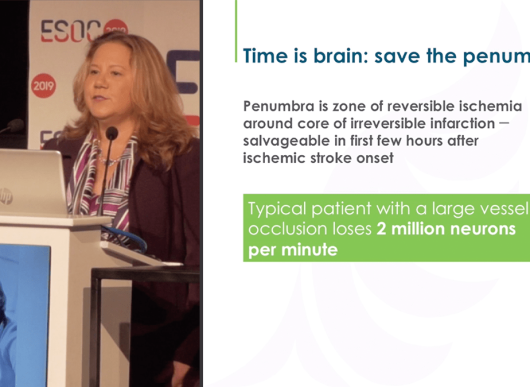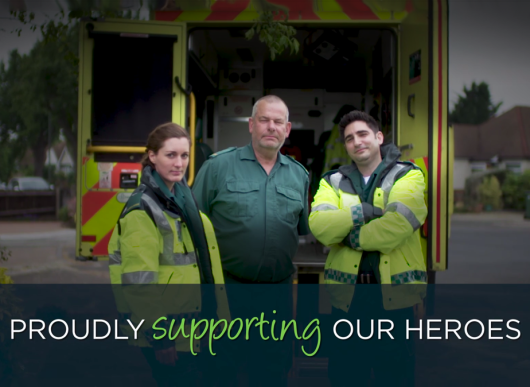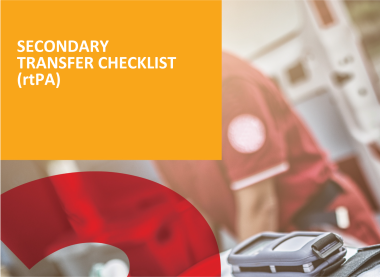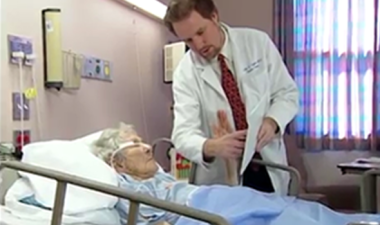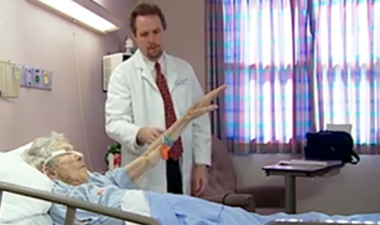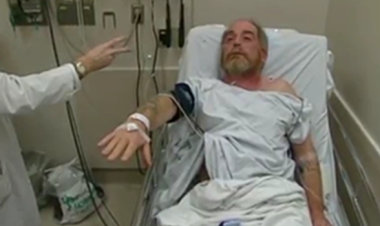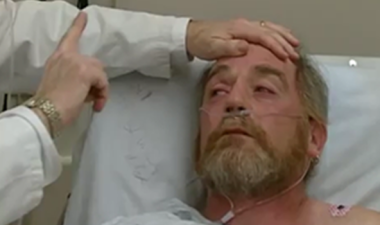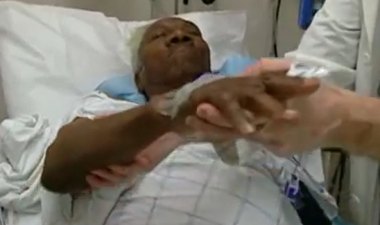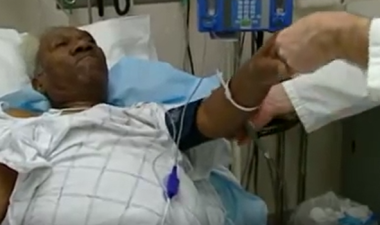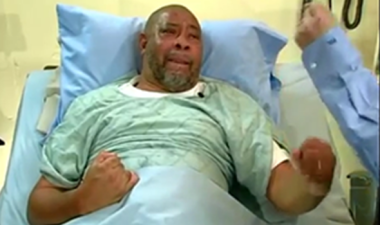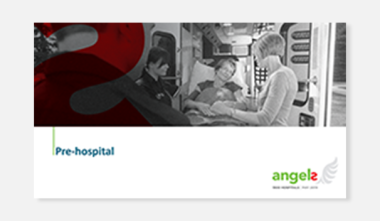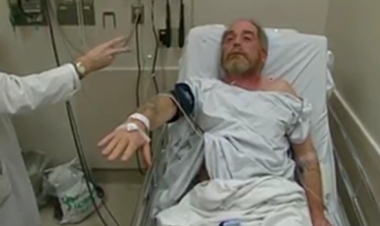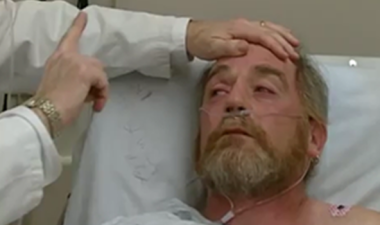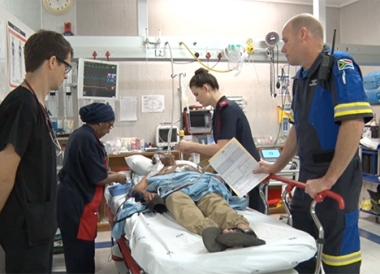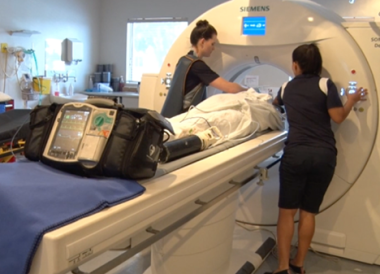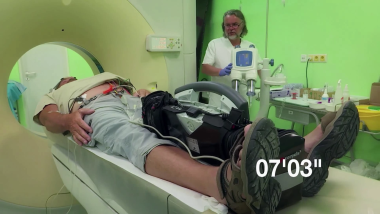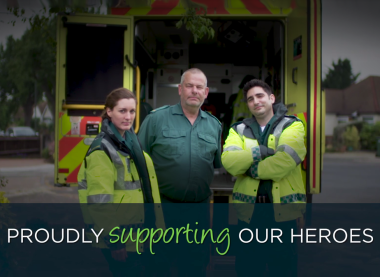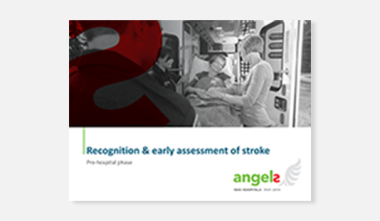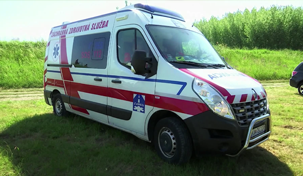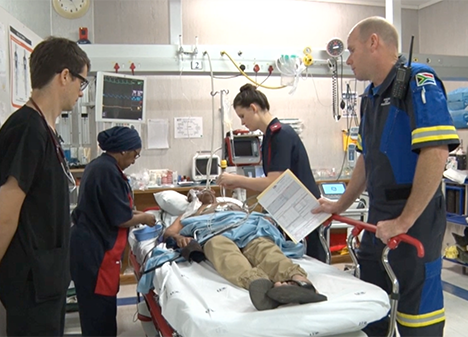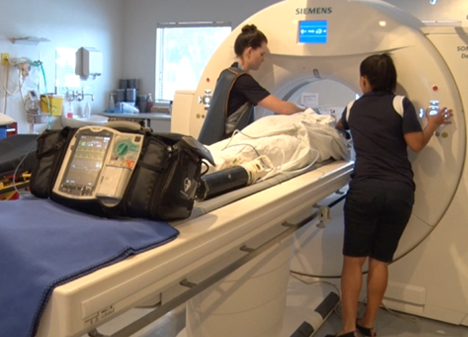Emergency Services Resources
There is no time to waste when it comes to stroke. Acute stroke is one of the more critical conditions for which emergency medical services play a vital role. Prehospital care providers need education so that they are prepared to quickly identify and assess acute stroke victims.
We provide multiple tools to help you expand training in accurate identification and emergency management of the acute stroke patient.
The goals of the emergency services are to improve the % of pre-notifications, improve the accuracy of FAST positive diagnosis and reduce the symptom to door time.
-
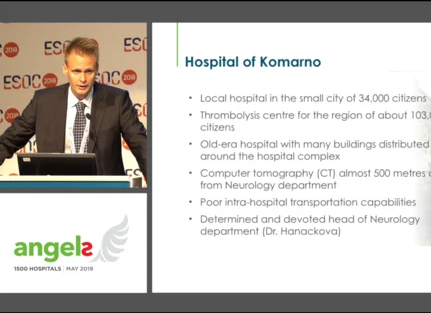 CREATING THE LINK BETWEEN STROKE READY HOSPITALS AND EMERGENCY MEDICAL SERVICES
CREATING THE LINK BETWEEN STROKE READY HOSPITALS AND EMERGENCY MEDICAL SERVICESExperience from Slovakia
-
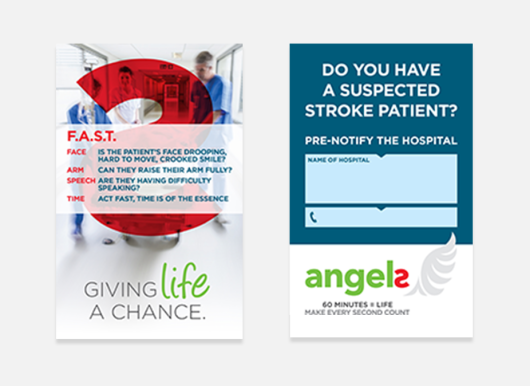 AMBULANCE BUSINESS CARDS
AMBULANCE BUSINESS CARDSQuick reference cards with key hospital numbers. Call ahead of arrival to ensure your stroke team are ready and waiting.
-
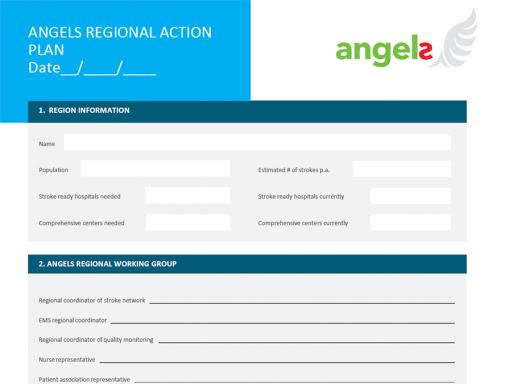 REGIONAL ACTION PLAN TEMPLATE
REGIONAL ACTION PLAN TEMPLATEGuideline to help define the goals and activities for your working group and all hospitals in your coverage.
-
 STROKE PROJECT PLAN – MEMORANDUM OF UNDERSTANDING
STROKE PROJECT PLAN – MEMORANDUM OF UNDERSTANDINGTemplate used for an efficient and transparent agreement between teams in your region.
-
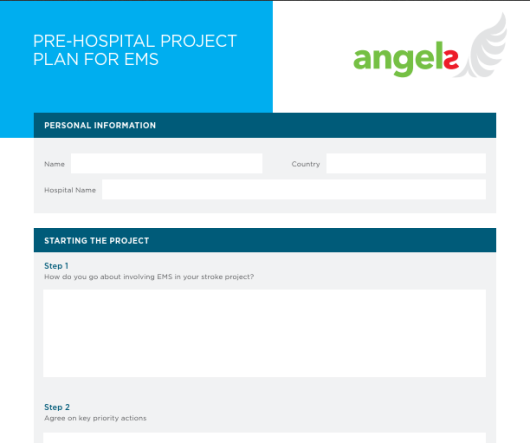 PRE-HOSPITAL PROJECT PLAN
PRE-HOSPITAL PROJECT PLANExercise to facilitate starting and implementing a pre-hospital stroke plan for the EMS team in the region.
-
Algoritmo de manejo de ACV en el prehospitalario
Algoritmo de manejo de ACV en el prehospitalario
Checklists
Prepare the patient ahead of time. Use the checklist to compile relevant patient data for your stroke team on arrival.
-
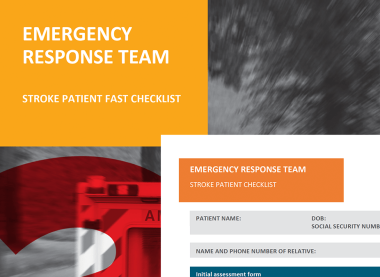 EMERGENCY RESPONSE TEAM FAST CHECKLIST
EMERGENCY RESPONSE TEAM FAST CHECKLISTThe FAST checklist system can be used by regions that do not have complex referral systems including comprehensive and referral hospitals.
-
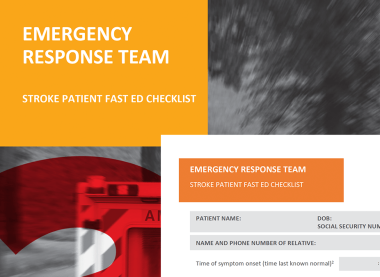 EMERGENCY RESPONSE TEAM FAST ED CHECKLIST
EMERGENCY RESPONSE TEAM FAST ED CHECKLISTThe FAST-ED checklist system can be used by regions where a choice has to be made in terms of taking patients to either the closest hospital or taking them directly to a comprehensive hospital.
-
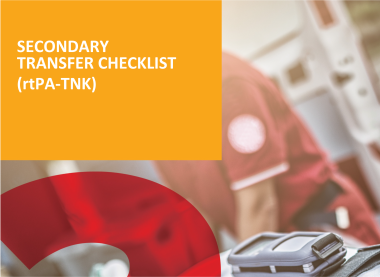 Emergency Response Team - Secondary Transfer Checklist (Combined) rtPA-TNK
Emergency Response Team - Secondary Transfer Checklist (Combined) rtPA-TNK
Assessments
Use the below videos to test your knowledge.
Please watch the videos and fill in the checklists with the information you have collected while watching the videos.
Workshop Guidance
The aim of training the emergency services teams is to teach them to implement the following actions: identify stroke, stabilise the patient, collect relevant information, take the patient to the correct hospital, pre-notify the hospital and if possible, prepare the patient in terms of IV lines and blood tests.
Training the team
A unique set of assets for you to train your staff featuring the entire patient journey, checklists and procedures.
ADDITIONAL WORKSHOP RESOURCES
This PowerPoint® and video can be used as part of your workshop.
PATIENT SIMULATIONS
Watch the below videos to see the impact that the EMS team can have on the door to CT time when they become part of the stroke team and implement pre-notification.

